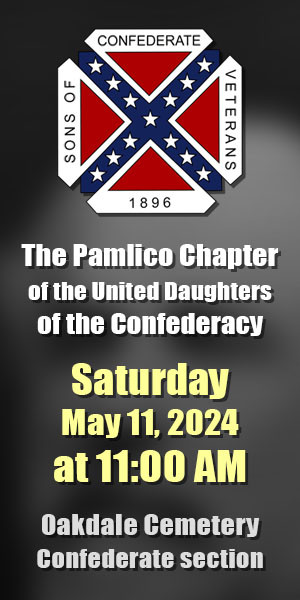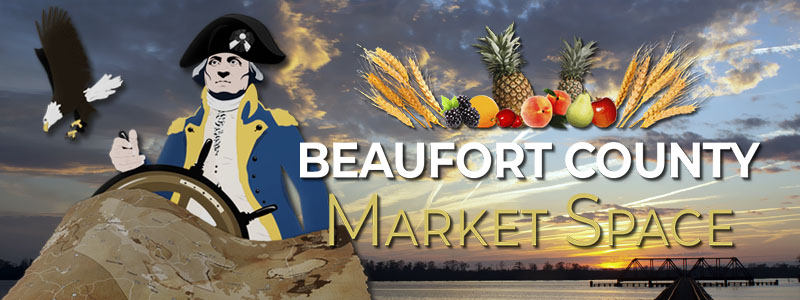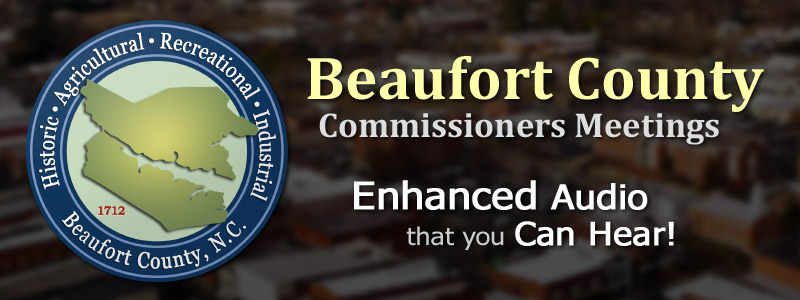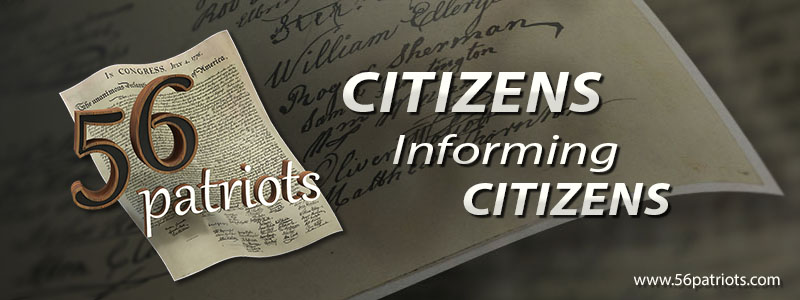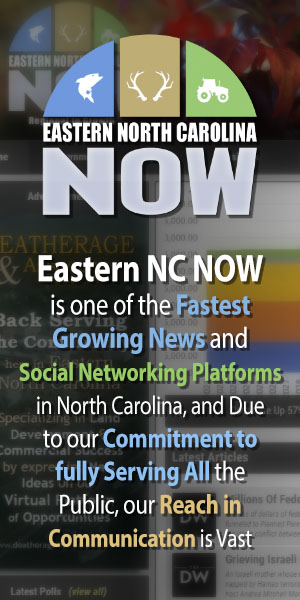Committed to the First Amendment and OUR Freedom of Speech since 2008
Polls Show McCrory Gains
Publisher's note: This article appeared on John Hood's daily column in the Carolina Journal, which, because of Author / Publisher Hood, is linked to the John Locke Foundation.
 RALEIGH During the 2014 campaign season, polling organizations issued dozens of surveys of North Carolina voters. If you read them carefully, you spotted the opening that Thom Tillis would later seize to upset Kay Hagan in the U.S. Senate race. A careful reading also revealed that Democrats were unlikely to gain much ground in the General Assembly, but that they might have some electoral opportunities in the Triangle area. The polls proved to be fairly reliable predictors of what happened.
RALEIGH During the 2014 campaign season, polling organizations issued dozens of surveys of North Carolina voters. If you read them carefully, you spotted the opening that Thom Tillis would later seize to upset Kay Hagan in the U.S. Senate race. A careful reading also revealed that Democrats were unlikely to gain much ground in the General Assembly, but that they might have some electoral opportunities in the Triangle area. The polls proved to be fairly reliable predictors of what happened.
Now that you've had a few months off from North Carolina survey results, it's time to check back in. During late January and early February, four different polling organizations went into the field to study public attitudes across the state. They included the Democratic firm Public Policy Polling, Republican-leaning National Research Inc. (working for the Civitas Institute), Meeting Street Research (working for a conservative group called Carolina Partnership for Reform), and High Point University.
While each group had its own focus, there were some questions in common. I averaged the results to provide a snapshot of political trends in the state.
The most obvious one is that Gov. Pat McCrory is faring better than other major politicians in the state. Across the four surveys, he had an average job approval rate of 45 percent, higher than his average disapproval rate of 40 percent. President Barack Obama matched McCrory's average approval of 45 percent but received disapproval from 50 percent. The newly elected Sen. Tillis was also underwater in public approval, albeit at lower numbers (32 percent/38 percent), while Sen. Richard Burr was at 32 percent/30 percent.
As for the much-maligned North Carolina General Assembly, two of the polls provided data — but you have to interpret them with care. Meeting Street surveyed likely voters and found the legislature as an institution was on the plus side at 46 percent approval to 42 percent disapproval. On the other hand, PPP sampled registered voters and came up with 23 percent approval to 51 percent disapproval.
Many Democrats immediately attacked the Meeting Street results as implausible and championed the PPP figures. Many Republicans immediately attacked PPP as biased and championed the Meeting Street findings. All should calm down and think about the differences in sampled populations.
More importantly, I believe that questions about public approval of the General Assembly as a whole are frequently misinterpreted. Liberals who dislike what's been going on in Raleigh for the past four years assume that North Carolinians who disapprove of the legislature must agree with the liberal position. But disapproval is a broad category. Some disapproving voters may think the chamber is too conservative. Others may think, however, that the Republicans haven't gone far enough to rein in spending and taxes.
On the crucial issue of which party North Carolinians think should be in charge of the place, the two pollsters produced an intriguing result. Each asked a "generic ballot" question. Each got a slight GOP edge — 42 percent to 41 percent from Meeting Street and 45 percent to 43 percent from PPP. So while some policies enacted by state Republicans have drawn critical media coverage and even public disapproval, the narrative of a state full of voters chomping at the bit to overturn GOP control of state government is patently false.
This is not to say that Republicans are firmly entrenched. The gubernatorial and legislative elections will be highly competitive next year. I wouldn't be surprised if Democrats made sizable gains. I also wouldn't be surprised if McCrory and Burr were reelected while Republicans maintained healthy majorities in both chambers.
Two factors currently unknown will have an outsized effect on North Carolina races. First, will the state's relatively strong economic recovery continue into 2016? Second, who will be the Republican presidential nominee to face the (presumptive) Democratic nominee, Hillary Clinton?
Many more polls will appear between now and then. My counsel is that you check them out — all of them, not just the ones that confirm your biases — and avoid making hasty assumptions. Remember all those early, confident predictions of doom about Obama in 2012 and Tillis in 2014?
Go Back

John Hood, chairman of the John Locke Foundation.
Now that you've had a few months off from North Carolina survey results, it's time to check back in. During late January and early February, four different polling organizations went into the field to study public attitudes across the state. They included the Democratic firm Public Policy Polling, Republican-leaning National Research Inc. (working for the Civitas Institute), Meeting Street Research (working for a conservative group called Carolina Partnership for Reform), and High Point University.
While each group had its own focus, there were some questions in common. I averaged the results to provide a snapshot of political trends in the state.
The most obvious one is that Gov. Pat McCrory is faring better than other major politicians in the state. Across the four surveys, he had an average job approval rate of 45 percent, higher than his average disapproval rate of 40 percent. President Barack Obama matched McCrory's average approval of 45 percent but received disapproval from 50 percent. The newly elected Sen. Tillis was also underwater in public approval, albeit at lower numbers (32 percent/38 percent), while Sen. Richard Burr was at 32 percent/30 percent.
As for the much-maligned North Carolina General Assembly, two of the polls provided data — but you have to interpret them with care. Meeting Street surveyed likely voters and found the legislature as an institution was on the plus side at 46 percent approval to 42 percent disapproval. On the other hand, PPP sampled registered voters and came up with 23 percent approval to 51 percent disapproval.
Many Democrats immediately attacked the Meeting Street results as implausible and championed the PPP figures. Many Republicans immediately attacked PPP as biased and championed the Meeting Street findings. All should calm down and think about the differences in sampled populations.
More importantly, I believe that questions about public approval of the General Assembly as a whole are frequently misinterpreted. Liberals who dislike what's been going on in Raleigh for the past four years assume that North Carolinians who disapprove of the legislature must agree with the liberal position. But disapproval is a broad category. Some disapproving voters may think the chamber is too conservative. Others may think, however, that the Republicans haven't gone far enough to rein in spending and taxes.
On the crucial issue of which party North Carolinians think should be in charge of the place, the two pollsters produced an intriguing result. Each asked a "generic ballot" question. Each got a slight GOP edge — 42 percent to 41 percent from Meeting Street and 45 percent to 43 percent from PPP. So while some policies enacted by state Republicans have drawn critical media coverage and even public disapproval, the narrative of a state full of voters chomping at the bit to overturn GOP control of state government is patently false.
This is not to say that Republicans are firmly entrenched. The gubernatorial and legislative elections will be highly competitive next year. I wouldn't be surprised if Democrats made sizable gains. I also wouldn't be surprised if McCrory and Burr were reelected while Republicans maintained healthy majorities in both chambers.
Two factors currently unknown will have an outsized effect on North Carolina races. First, will the state's relatively strong economic recovery continue into 2016? Second, who will be the Republican presidential nominee to face the (presumptive) Democratic nominee, Hillary Clinton?
Many more polls will appear between now and then. My counsel is that you check them out — all of them, not just the ones that confirm your biases — and avoid making hasty assumptions. Remember all those early, confident predictions of doom about Obama in 2012 and Tillis in 2014?
| An Inside Player's View Of Nine N.C. Governors | Carolina Journal, Editorials, Op-Ed & Politics | More Heads Carved Off; The Amateur Improves his Handicap |
Latest Op-Ed & Politics
|
eve 45% of Latinos support mass deportation
Published: Thursday, April 25th, 2024 @ 12:40 pm
By: John Steed
|
|
this at the time that pro-Hamas radicals are rioting around the country
Published: Thursday, April 25th, 2024 @ 8:01 am
By: John Steed
|
|
Pro death roundtable
Published: Wednesday, April 24th, 2024 @ 12:39 pm
By: Countrygirl1411
|
|
populist / nationalist anti-immigration AfD most popular party among young voters, CDU second
Published: Wednesday, April 24th, 2024 @ 11:25 am
By: John Steed
|
|
political scheme behhind raid on Mar-a-Lago
Published: Wednesday, April 24th, 2024 @ 9:16 am
By: John Steed
|
|
how many of these will come to North Carolina?
Published: Tuesday, April 23rd, 2024 @ 1:32 pm
By: John Steed
|
|
Barr had previously said he would jump off a bridge before supporting Trump
Published: Tuesday, April 23rd, 2024 @ 11:37 am
By: John Steed
|
|
Babis is leader of opposition in Czech parliament
Published: Tuesday, April 23rd, 2024 @ 10:28 am
By: John Steed
|
|
illegal alien "asylum seeker" migrants are a crime wave on both sides of the Atlantic
Published: Tuesday, April 23rd, 2024 @ 9:44 am
By: John Steed
|
|
only one holdout against acquital
Published: Tuesday, April 23rd, 2024 @ 9:01 am
By: John Steed
|
|
DEI now includes criminals?
Published: Monday, April 22nd, 2024 @ 8:33 pm
By: John Steed
|


